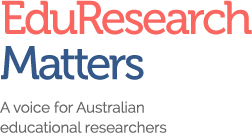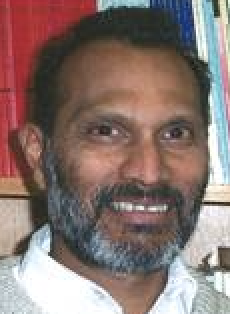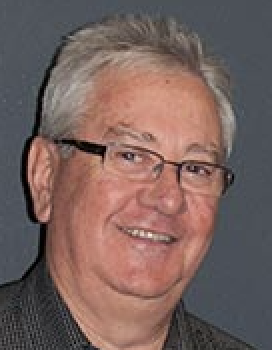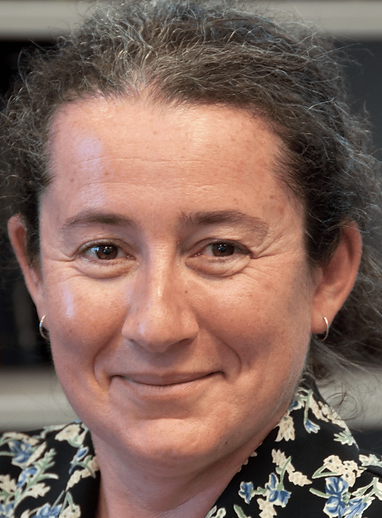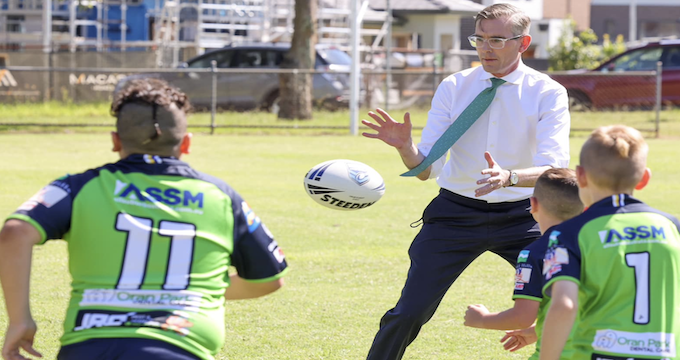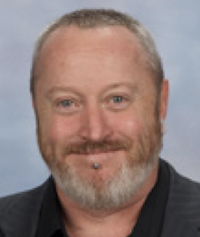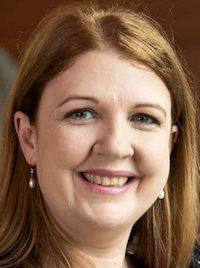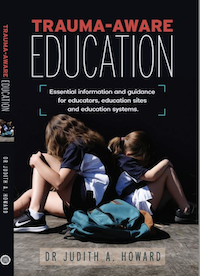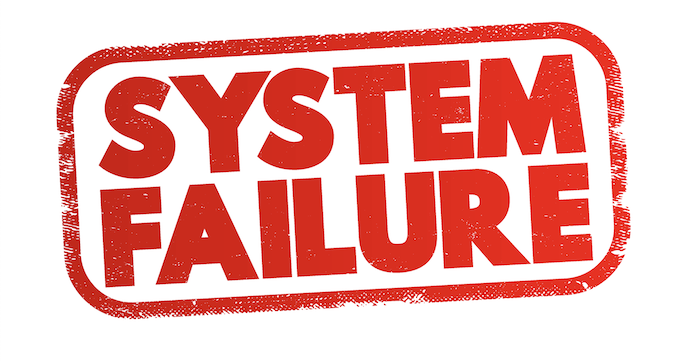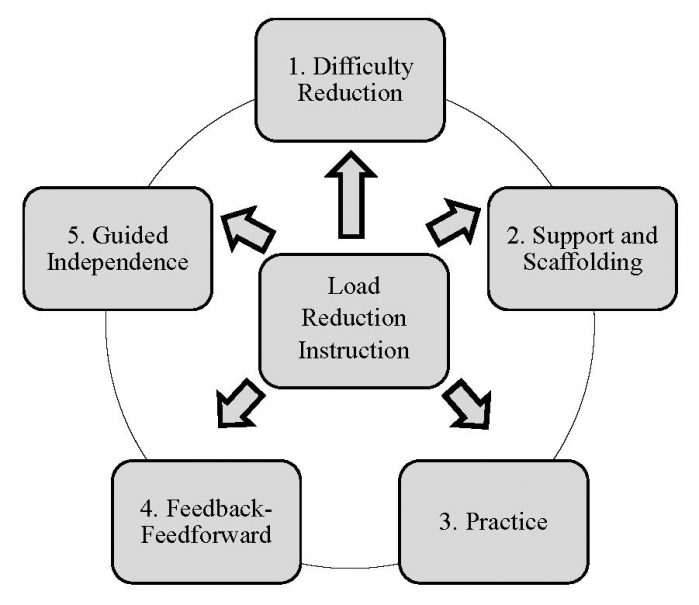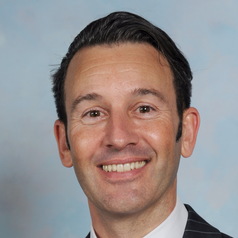NAPLAN is again in the news. Last week, it was the Ministers tinkering with NAPLAN reporting and timing. This week it is media league tables ranking schools and sectors, according to NAPLAN results, coinciding with the upload of latest school-level data to the ‘My School’ website. We are now about one month out from the new March test window so expect to hear a lot more in the coming weeks. Many schools will be already deeply into NAPLAN test preparation.
NAPLAN and My School website were initially introduced by PM Julia Gillard as levers for parental choice. Last week’s ACARA media release reiterates that their primary purpose is so parents can make ‘informed choices’ about their children’s schooling. Media analysis of NAPLAN results correctly identifies what researchers know only too well: that affluence skews educational outcomes to further advantage the already advantaged.
The Sydney Morning Herald notes that “Public schools with and without opportunity classes, high-fee private institutions and Catholic schools in affluent areas have dominated the top 100 schools…” The reporters are careful to draw attention to a couple of atypical public schools, achieving better results than might be expected from their demographics. A closer look at the SMH table of Top Performing primary schools shows that most low ICSEA public schools ‘punching above their weight’ are very small regional schools.
No doubt there is a lot to learn from highly effective and usually overlooked small rural schools, but few families can move to them from the city. Parental choice is constrained by income, residential address, work opportunities and a myriad of other factors. In any case, as Stewart Riddle reminds us, what makes a ‘good school’ is far more subtle and complex than anything that a NAPLAN can tell us.
NAPLAN has gradually morphed into a diagnostic tool for individual students, though there are other tools more fit for this purpose. Notably, the pandemic-induced NAPLAN pause did not lead to the collapse of Australian education but was seen by many teachers as a relief when they were dealing with so many more important aspects of young people’s learning and well-being.
Education Ministers’ adjustments to NAPLAN indicate that they are at last responding to some of the more trenchant critiques of NAPLAN. The creation of a teacher panel by ACARA as part of the process of setting standards hints that the professional expertise and voices of teachers are valued. Bringing NAPLAN testing forward will hopefully make it more useful where it really matters – in schools and classrooms.
The move to four levels of reporting will be more accessible to parents. Pleasingly, the new descriptor for the lowest quartile – ‘Needs additional support’ – puts the onus on the school and school systems to respond to student needs.
Yet one of the keenest critiques of NAPLAN has not been addressed. There have been widespread calls from educators and academics for the NAPLAN writing test to be withdrawn. It has been found to have a narrowing effect on both the teaching of writing and students’ capacity to write. There is also a whole “how to do NAPLAN” industry of tutors and books pushing formulaic approaches to writing and playing on families’ anxieties.
The failure of the current round of changes to address the NAPLAN writing test leaves students writing like robots. Meanwhile, the release of ChatGPT means that students doing NAPLAN writing for no real purpose or audience of their own are wasting their time. Robots can do it better! These changes needed to map writing better to the National Curriculum, and endorse more meaningful, creative, multimodal and life-relevant writing practices.
As a single point in time test, NAPLAN has always been just one source of data that teachers and schools can draw upon to design targeted interventions to support student learning. Nevertheless, earlier results will mean that schools will have robust evidence about their need for additional resources. Professional expertise in literacy, numeracy and inclusive education support must be prioritised.
Parents might be able to resist the inclination to shuffle their children from school to school as a reaction to media headlines, school rankings, and promotional campaigns from the independent sector. Alliances might form between parents and schools to support greater action by state and federal Ministers to address the deeply entrenched divisions that have become baked into Australian schooling.
Attention to NAPLAN continues to mask serious ongoing questions about why Australian governments have created conditions where educational inequities, segregation and stratification are now defining characteristics of our education system. Numerous reports and inquiries have identified flaws and perverse effects from NAPLAN as high stakes testing, especially in relation to the writing test. There is a lot of work yet to be done if NAPLAN is to really be useful and relevant for Australian schools, teachers, parents and learners.
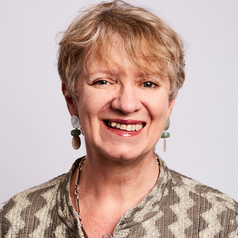
Professor Susanne Gannon is an expert in educational research across a range of domains and methodologies. Much of her research focuses on equity issues in educational policy and practices. Recent research projects include investigations of the impact of NAPLAN on the teaching of writing in secondary school English, young people’s experiences of school closures due to COVID-19 in 2020, and vocational education for students from refugee backgrounds in NSW schools.

Dr Lucinda McKnight is an Australian Research Council Fellow in Deakin University’s Research for Education Impact (REDI) centre. She is undertaking a three year national project examining how the conceptualisation of writing is changing in digital contexts. Follow her Teaching Digital Writing project blog or her twitter account @lucindamcknight8
Header image courtesy of Rory Boon.

